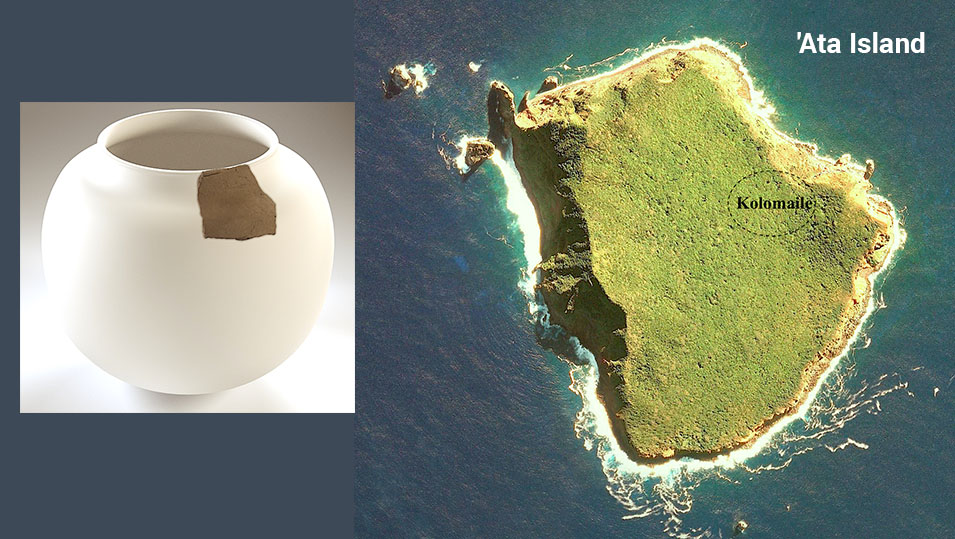
By David V. Burley
‘Ata, Tonga’s southernmost island, is a long way away, separated from Tongatapu by 160 km of open ocean. ‘Ata’s place in the history books is well established. It was here, in June 1863, that the whaling ship Grecian under Captain Thomas McGrath anchored off the northeastern shore and only village, Kolomaile. The details of the events that followed are sketchily recorded, but the consequence is notorious. A large number of ‘Ata’s residents were lured on to the ship, captured, and then sold to a Peruvian slaver for transport to Lima. None were to return. In the aftermath of the raid, and under the orders of Tupou I, the remaining ‘Atans were resettled on ‘Eua, in a village they again named Kolomaile.
There is no other way to describe ‘Ata, it is an isolated place with a difficult landscape. It is a small remnant of a composite volcano on the southern end of the Tofua volcanic arc. There is no reef to speak of. Unbroken surf crashes against towering cliff face, or runs across thinly developed beaches strewn with rock fall and large volcanic boulders. The village of Kolomailie was built on the rim of the upper plateau, its only access a steeply sloped trail rising 100 m or more above the beach. When and why Tongans were drawn to the island, and how they survived are formidable questions. That they came and thrived is evident from the accounts of 1863, in recorded traditional history, and in ‘Ata’s archaeological record.
Archaeological Explorations 1977
‘Ata was abandoned after 1863, save for a group of young Tongan “castaways” stranded in the mid-1960s. The island’s solitude was interrupted again in 1977 when archaeologist, Atholl Anderson, spent 18 days here as part of a Royal Society of New Zealand expedition. His focus was Kolomaile, where remnants of the village continued to be visible through numerous pits, stone walls, standing stones, stone alignments and scattered artifacts laying beneath heavily entangled understory. He documented burials eroding from the plateau edge with a collection of stone adzes (toki Tonga) that had been placed in a grave as funerary gifts. His excavations gave him insight into the daily menu of the Kolomaile people, and provided samples for radiocarbon dating. Island settlement, he tentatively concluded, appeared late in Tongan history, probably beginning in the 16th or 17th centuries AD. The difficulties of the surrounding ocean severely restricted marine exploitation, leaving the community dependent on its gardens, pigs and chickens. Contact with the outside world seemed restricted.
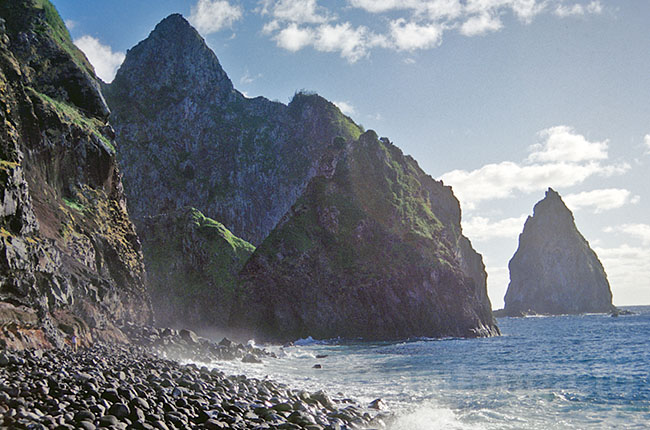
Revisiting ‘Ata 2001
University of Florida ornithologist David Steadman and I were asked by the then Prime Minister (HM Tupou VI) to revisit ‘Ata in August of 2001. ‘Ata was being considered as an Ecological Reserve or National Park, and our report on archaeological remains and bird life would provide additional information. The Naval patrol vessel, VOEA Neiafu, would drop us off and pick us up four days later on its tour to the Minerva Reef. Riding a wave in a zodiac on to the unprotected beach, and scrambling up the cobbled slope to avoid being hit by the next, is a moment etched into memory. It underscored my questions of why and how this settlement came to be.
Ceramics and the First ‘Atans
Nothing had changed at Kolomaile since the first archaeological survey, with pits, stone walls and other features scattered across the surface. Anderson had found three, small, earthenware ceramic fragments near the base of the slope below the village. Earthenware pottery fragments can occur in late period archaeological sites in Tonga, though inevitably they are identified as Fijian. We recovered 36 additional shards from the upper plateau. These had been intermixed with flakes and other debris from stone tool manufacture. Petrographic analysis of mineral sand in the paste tells us the ceramics were made on ‘Ata. Rim fragments from two different pots and a bowl are indistinguishable from ceramic types of the Polynesian Plainware phase as found elsewhere across Tonga. The end of this phase, and the end of ceramic manufacture in Tonga, occurred no later than 400 BC. First settlement of ‘Ata, by extension, had far greater antiquity than Anderson had conceived!
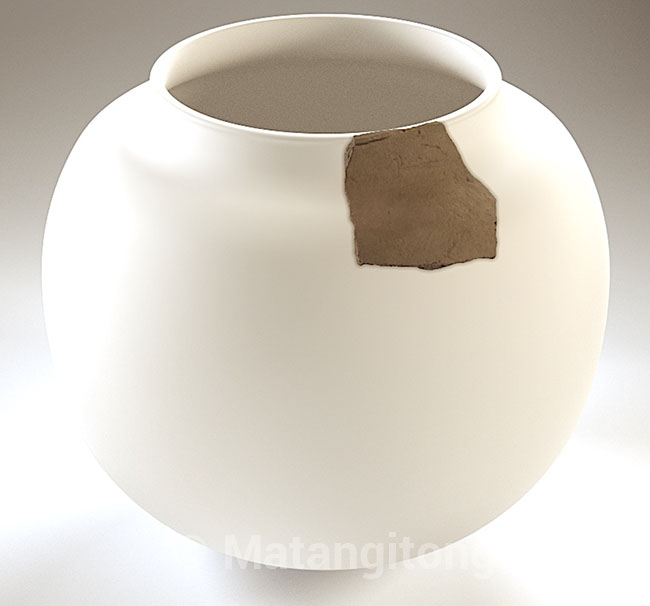
Adze Production
Not much can be expected from an archaeological project lasting only four days. Beyond remnant features of the village, we observed abundant evidence for the manufacture of stone adzes. This, too, was evident in 1977 when Anderson collected a quantity of adzes, adze fragments, and the stone preforms on which adzes could be made. Stone adzes were critical to the ancestral Polynesian tool kit, needed for numerous tasks from house construction to the building of canoes. The amount of adze material at ‘Ata though was well beyond the norm. Acquisition of volcanic stone and trade for adzes are recurrent themes throughout the Tongan past. Tool stone and umu rock from the volcanoes of Tofua and Kao in Ha’apai, and Late in Vava’u are documented with first Lapita settlement. ‘Ata can be added to the list. As part of a system for acquisition and exchange, its role in the Tongan past potentially can be defined.
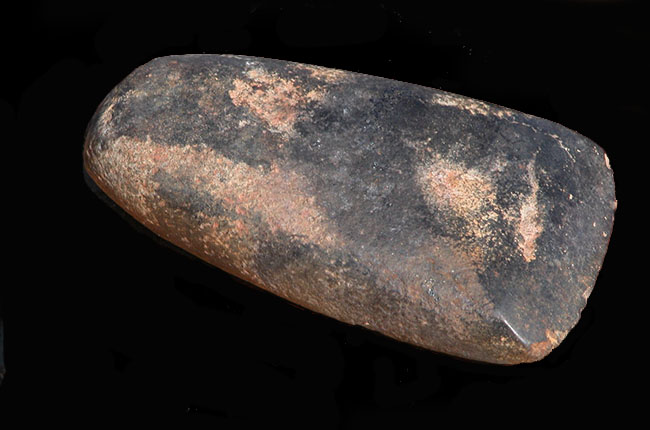
Kolotau Kolomaile
It is hard to think of Kolomaile being threatened by attack, given its lofty perch, difficulties of access, and its sheer isolation. The crew of the whaler Grecian, after all, secured their Tongan captives only by luring them aboard the vessel. The presence of a fortification on the edge of this village, thus, is difficult to fathom. Kolotau Kolomaile is not large, with enclosing ditches defining an area of only 30 x 30 m. It seems a place of last refuge, where the ditches opened out to the rim of the plateau. What ‘Atans were afraid of may never be known, though events recorded by New Zealand author Scott Hamilton seem telling. In a recent volume, “Stolen Island, Searching for ‘Ata” he cites an 1854 article in the Sydney Morning Herald where the people of Kolomaile are described as “still heathen”. This proved an irritant to Tupou I who intended to “convert them to Christianity” or bring them back to Tonga. Not long after the island had both a Wesleyan Church and school.
An informative interview with Scott Hamilton on the 1863 incident can be found in the Otago Daily Times: "Sold into slavery".
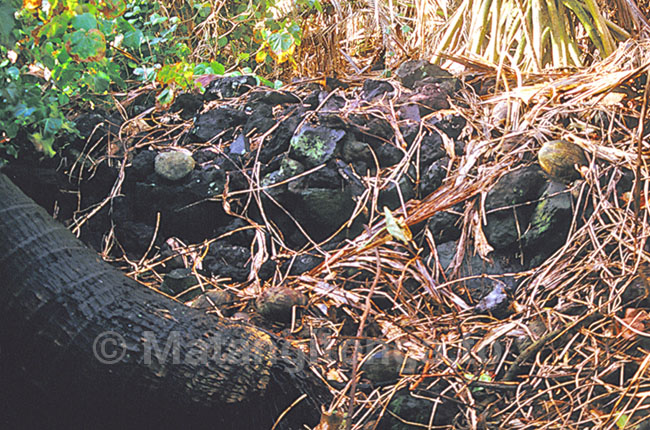
Dr. David V. Burley is a Professor of Archaeology at Simon Fraser University in Burnaby, BC, Canada. He has carried out archaeological studies in Tonga since 1989.



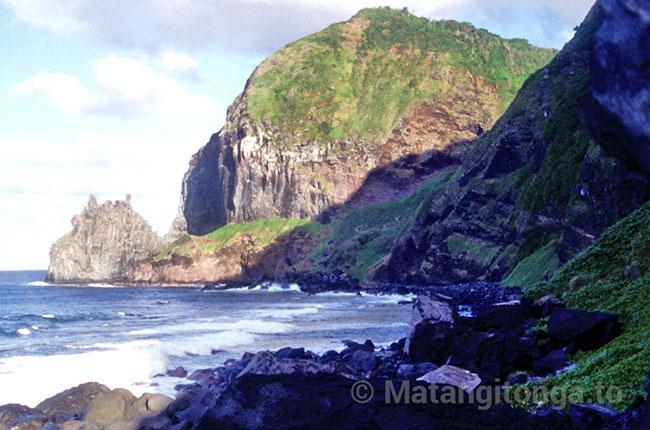
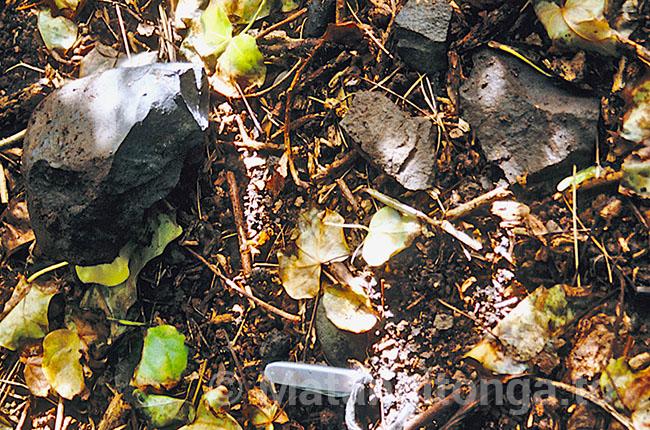
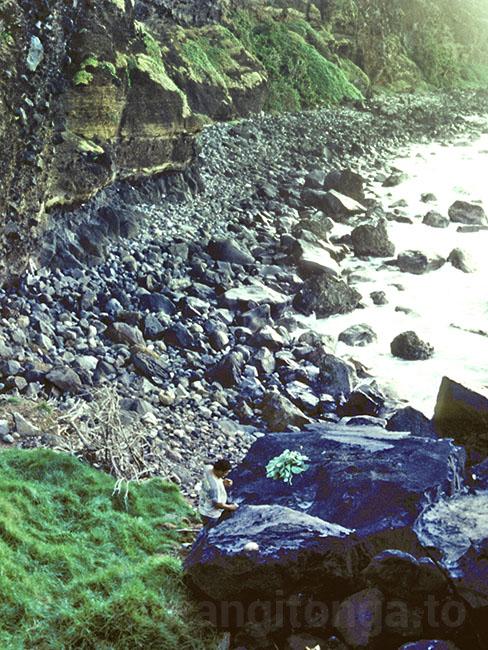
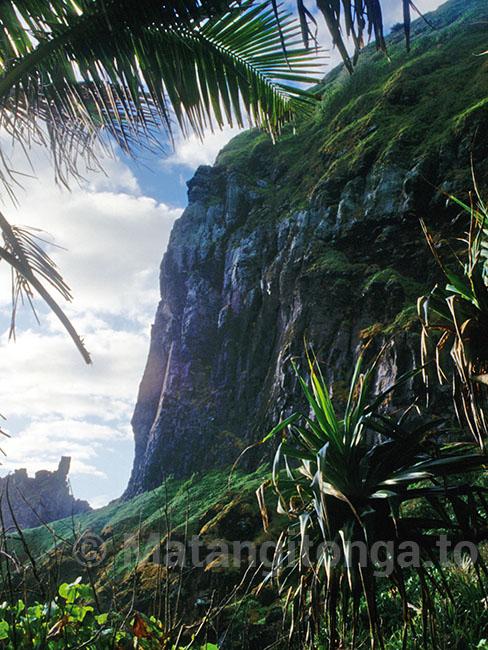


Comments
Interesting article. I think
Interesting article. I think more can be done with 'Ata to benefit Tongans. I throughly enjoyed the article though. Thank you
Filipe Koloi, then manager of
[The late] Filipe Koloi, then manager of the Tonga Water Board, told me a story about one of the young men taken from 'Ata on the Grecian in 1863.
Filipe was in Tahiti attending a conference about water supply when an old man approached and spoke Tongan to him. The old man said that when he was a boy, his grandfather taught him to speak Tongan. His grandfather was one of the young men taken from 'Ata. On its way to South America, the ship went through a large storm. His grandfather became very sea-sick. The other men in the hold of the ship complained that his vomit was making them all sick. They asked the crew to throw him overboard. The crew eventually agreed.
His grandfather managed to survive by swimming to a nearby island in Tahiti. He later married a Tahitian girl. When he was an old man, the man from 'Ata taught his grandson to speak Tongan. That grandson was the old man that spoke to Filipe.
Leigh Harkness